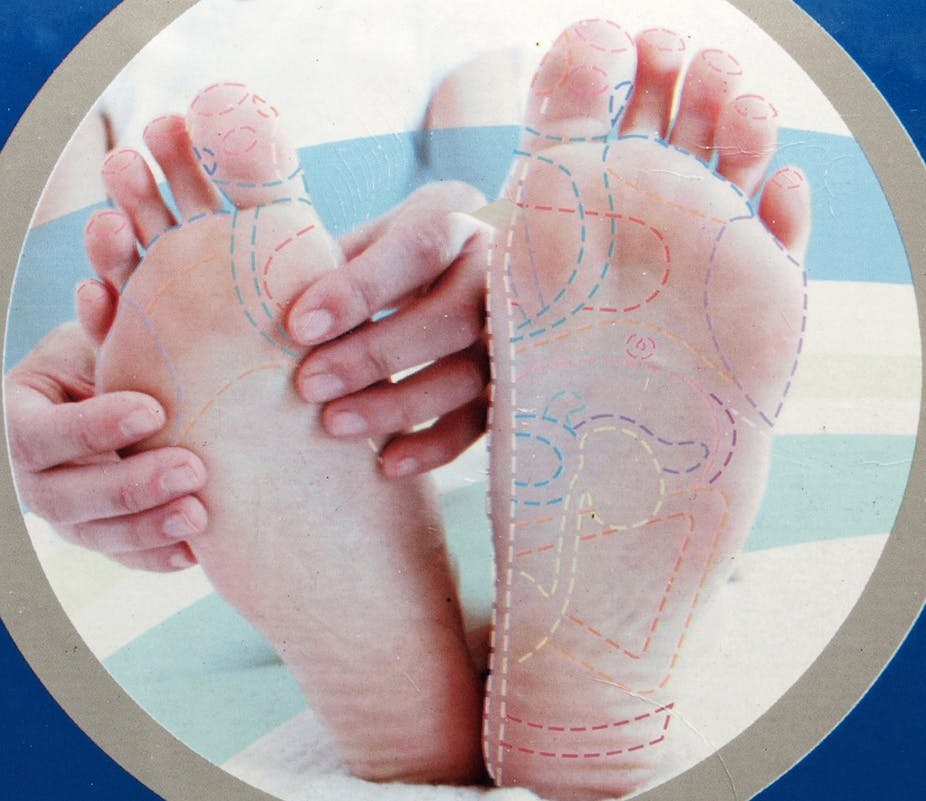Significant growth of natural therapy benefits subsidised by private health insurers, coupled with concerns about the poor evidence base for some of the services offered, has apparently resulted in the announcement of the Natural Therapies Review in the 2012-13 federal budget. Services subsidised under Medicare by health professionals regulated under the National Registration and Accreditation Scheme are not affected by this review.
Most Australians with private health insurance receive up to a 30% rebate from the federal government. This controversial policy was designed to encourage uptake but it also gives the government responsibility for ensuring that benefits paid through the rebate are for services that have a credible evidence base.
As at 31 December 2012, 47% of the Australian population had purchased a private health insurance product covering all or part of the costs related to hospital treatment, while 54% had purchased some form of ancillary (extras) cover.
Comparing 2011-2012 to the previous year, the greatest increase in ancillary services were for natural therapies (an 18% increase). Still, this currently represents a relatively small proportion (5.6%) of services provided. Around half of all ancillary benefits are provided for dental services with a significant proportion of the remainder related to optical and physiotherapy services.
Of 35 funds registered under the Private Health Insurance Act 2007, the market is dominated by a small number of large insurers. Medibank Private and BUPA have 54% of the market share; HCF, HBF and NIB have 26% while the remaining 20% is shared between 30 funds.
The ancillary benefits provided by different funds are currently a commercial decision, they take no account of clinical effectiveness and vary widely with respect to the services covered and the maximum money refunded per service per person per year.
BUPA, for example, states that its “Platinum Extras” provide “Generous benefits across a wide range of services”. It goes on to say,
Natural therapies may complement or offer alternatives to conventional medical treatment. They include therapies such as Acupuncture, Alexander Technique, Chinese Herbalism, Western Herbalism, Exercise Physiology, Feldenkrais, Naturopathy, Homoeopathy and Iridology. ‘Massage’ includes benefits payable for Aromatherapy, Bowen Technique, Kinesiology, Reflexology, Shiatsu and Remedial Massage.
The benefits paid are capped at $500 per person per year.
The review is administered by the Department of Health and Ageing (DoHA) with the National Health and Medical Research Council (NHMRC) conducting the evidence review. Health funds were asked to identify the natural therapies for which they offered benefits. Submissions were sought from key stakeholders, primarily organisations representing natural health practitioners.
Submissions not subject to confidentiality restrictions will shortly appear on the DoHA Natural Therapy Review website. Some of these submissions are already in the public domain, such as those by the Australian Traditional-Medicine Society (ATMS) and the Australian Natural Therapists Association (ANTA).
The NHMRC is currently organising an overview of systematic reviews published between April 2008 and April 2013 for the natural therapies identified. Effectiveness, and where considered, the safety, quality and cost-effectiveness of the relevant therapy for a clinical condition will be assessed. A homeopathy review is already underway.
A Natural Therapies Review Advisory Committee has been set up to review the findings of the NHMRC and provide advice to the government as to which therapies should continue to attract a rebate. The Advisory Committee held its first meeting in Canberra on March 6, 2013.
Committee members have been asked (and are available) to canvas the views of their constituency. A second meeting scheduled in early May will offer key stakeholders the opportunity to discuss issues with the Committee. The subsequent two meetings will review the evidence provided by the NHMRC. The timetable is tight with January 1, 2014 the proposed implementation date.
Post implementation, an assessment will be developed by DoHA for therapies that do not attract the rebate to be considered for inclusion where there is a credible evidence demonstrating their clinical efficacy, cost effectiveness, safety and quality. Consumers may still be able to purchase natural therapy services that do not attract the rebate and insurers will be able to offer cover for these therapies under policies that do not attract the rebate.
This review is clearly controversial and themes that have emerged from submissions already in the public domain include the following:
More than 70% of Australians use a form of natural therapy as a regular part of their overall health care, with close to 2,000,000 professional consultations conducted annually. The removal of natural therapy practices from private health insurance will acerbate the pressure on already overburdened GPs and increase Medicare and PBS costs. It also threatens the future viability of Australian natural therapy practices and the health and the well-being of thousands of Australians who use the services.
There are fundamental differences between the underlying philosophies of biomedicine and natural therapy and the NHMRC review process is too narrow to accommodate these important differences.
No doubt other issues will arise when all submissions are made public.

